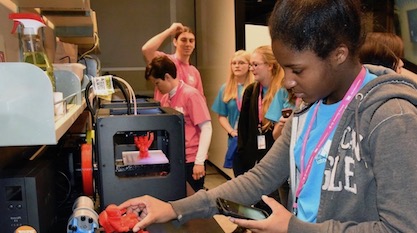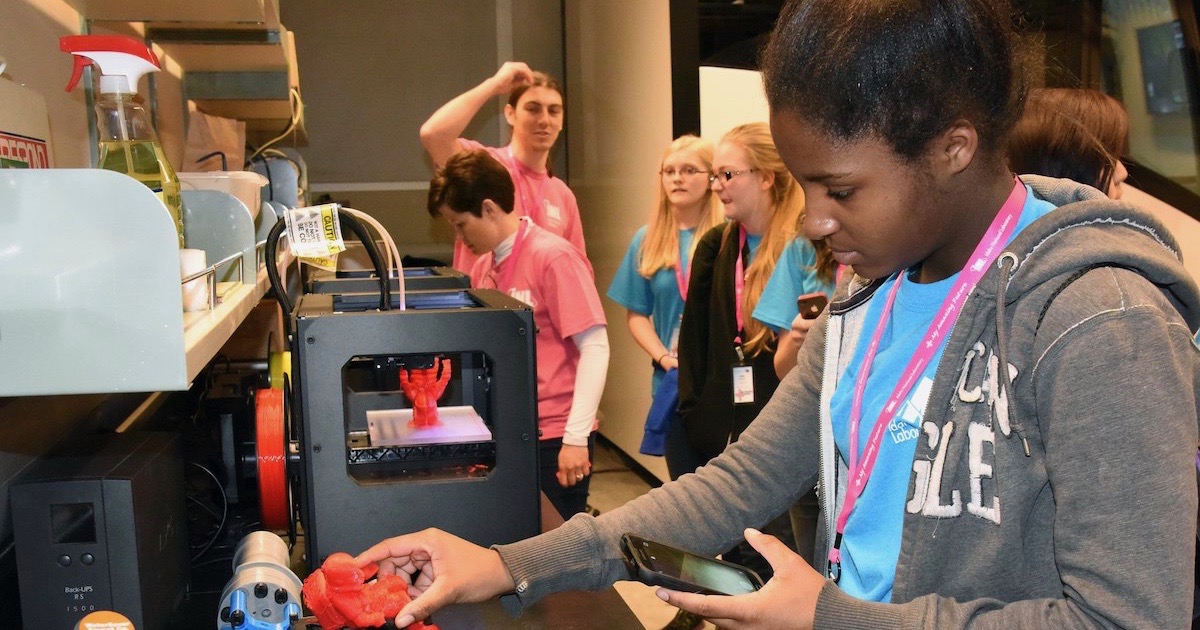 Education
Education
 Free Speech
Free Speech
How Should We Then Teach Evolution?


I recently came across a Smithsonian flyer promoting inquiry-based science education, and an article for Wired Magazine about engaging students in evaluation and active learning. How could this be done in education about chemical and biological evolution?
In Wired, physics professor Rhett Allain notes, “If you can create a situation that challenges students’ assumptions and produces conceptual conflict, that’s a great opportunity for learning.”
Allain talks about his pinhole experiment, where he shines one light and then two lights in front of a box with a pinhole and measures where it comes out the other side. Kids are often surprised to see two spots of light even though there is just one pinhole.
Breaking a Sweat
He says, “You can’t get physically fit without breaking a sweat, and you can’t really learn, at a fundamental level, without a little conflict in your head.” In other words, real learning requires engagement with potentially unexpected evidence and a willingness to lay assumptions aside.
I also ran across a new site from the Smithsonian: their Science Education Center. They define what they call “The STEM Imperative”:
Four billion people on the planet use a mobile phone, while 3.5 billion people use a toothbrush. In the past two years, 90% of all of the world’s data has been generated. NASA plans to set foot on Mars in the next 20 years, and driverless cars are already being tested in Europe. The future is here, and it requires a citizenry fluent in science, technology, engineering, and math (STEM).
Agreed, quality science education is crucial. But what does that look like? The Smithsonian makes that clear: learning science through inquiry.
Introducing Ada
They offer a remarkable information sheet here. It traces the education and life of Ada, a little girl who grows up learning the scientific method, and goes into a career in STEM. The Smithsonian notes, “Children can learn problem-solving skills using methods similar to the ones scientists employ that will lead them through parallel stages of discovery. At a young age, Ada learns to: Develop her own questions. Collect evidence. Form a decision. Construct explanations. Communicate logically and clearly.”
Ada also learns the FERA method. The Smithsonian implies she learns this in K-8 science — before high school. What is the FERA method? First, “focus on a topic, generating interest and conceptualizing what learners already know about the topic.” Next, “explore objects, organisms and scientific phenomena that build on prior knowledge.” Then, “reflect on observations and data, revisit prior ideas and develop or refine explanations.” Finally, “apply understanding of science concepts to new situations and prepare to repeat the learning cycle.”
You see, science education experts make the case for inquiry-based education almost universally. But when it comes to evolution, they seem to throw this methodology out the window. In the Next Generation Science Standards, used in the majority of states, students are asked to “support” evolution — not to examine, analyze, or evaluate its tenets.
Equipping Ada
But as a matter of good science education, it seems that an inquiry-based approach to teaching evolution would be much more likely to equip Ada with the skills she needs for science literacy and ultimately a STEM career.
From those in favor of the status quo, represented by the Next Generation Science Standards, a constant refrain I hear is that high school students simply cannot analyze and evaluate evolution. They are not ready to examine the strengths and weaknesses of neo-Darwinism — that is not developmentally appropriate for them.
Oh really? Well, the Smithsonian doesn’t seem to think that scientific inquiry, including collecting evidence and making decisions based on that evidence, is too difficult for young people. Indeed, Ada supposedly learns all of the above skills (including the FERA method) before beginning high school.
Students who learn the difficult but important skills of examining data are more likely to engage in learning that sets them up for future STEM success. It is time to put inquiry-based learning front and center in all areas of the science curriculum — including evolution.
Photo: STEM education in action, by Idaho National Laboratory, via Flickr (cropped).
